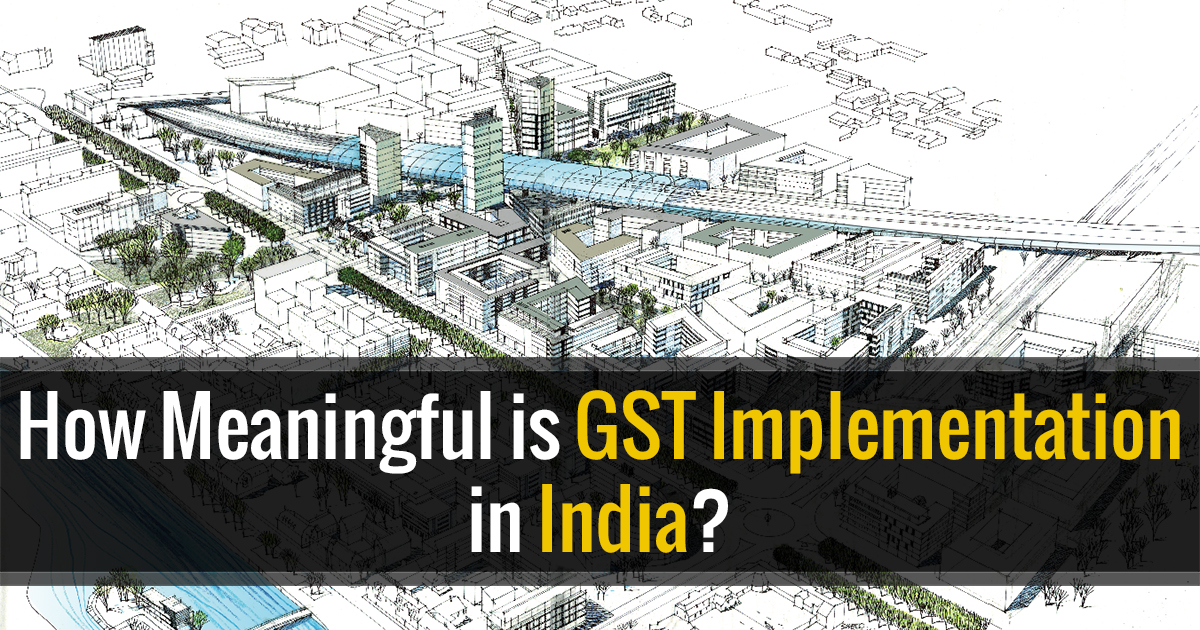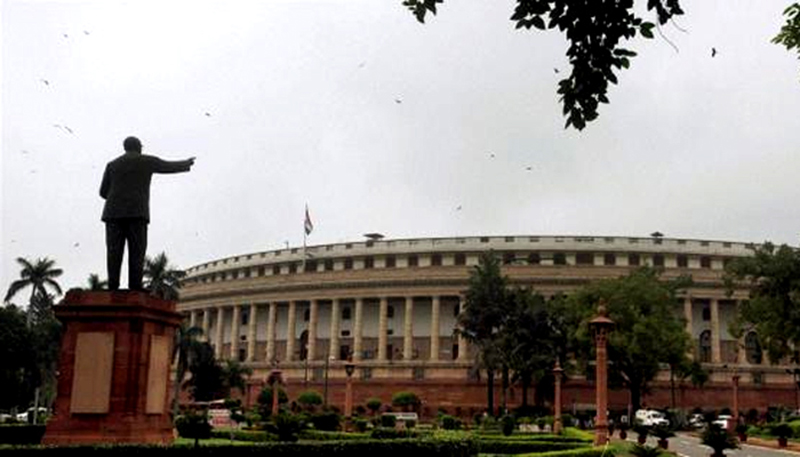
GST is an indirect tax for the whole country, it had replaced several indirect taxes levied by the Central and State Governments. Indirect taxes such as excise duty, customs duty, entertainment tax, luxury tax and so on has been replaced in the GST regime. After the implementation of GST, it made India one unified common market. GST is a single tax on the supply of goods and services, credit of input tax paid at each stage will be available in the subsequent stage of value addition, which makes GST essentially a tax only on value addition at each stage. Ultimately, GST will be borne by the final consumer.
Parliament passed the GST Bill in India and it was rolled out from 1st July 2017. Goods and Service Tax had been categorized at various rates starting from 0 to 28 per cent. The GST Council Meeting had announced four- a tier GST structure which includes 5 per cent, 12 per cent, 18 per cent and 28 per cent, with lower rates for essential items and the highest for luxury and ‘demerit’ goods that would also attract an additional cess.
The GST Council had already announced half of the rules which was required for the implementation of Goods and Service Tax (GST). Council had also approved amending the five rules on the registration of entities under the GST regime, the filing of returns, payment of tax and refund, invoicing and debit and credit notes in consonance with the GST law approved by Parliament.
The Central GST bill, the Integrated GST bill, the Union Territories GST bill and the compensation law, had already been approved by the Lok Sabha.
The Benefits of GST can be Summarized Below:
For Business and Industry in India

Easy Compliance
A superior and Comprehensive IT system would be the foundation of the GST regime in India, and all taxpayer services would be available to the taxpayers online which had made compliance easy and transparent.
Uniformity of Tax Rates and Structures
GST has ensured indirect tax rates and structures are common across the country thereby increasing the certainty and ease of doing business.
Removal of Cascading Effect
A system which provides tax credit throughout the value chain, across the boundaries of states which in turn minimizes the cascading of taxes.
Recommended: Goods and Services Tax (GST) Impact on Businesses in India
Improved Competitiveness
Reduction in transaction costs and hidden costs of doing business would eventually lead to an improved competitiveness for the trade and industry.
Gain to Manufacturers and Exporters
The subsuming of major central and state taxes in GST and the set-off of input goods and services would reduce the cost of locally manufactured goods and services, this will increase the competitiveness of Indian goods and services in the International market and give a boost to the Indian exports.
Attract Foreign Investors
After GST implementation, one unified tax rate prevailed which made easy tax calculations and lower the administration cost which helps in attracting foreign investors.
For Central and State Government

Simple and Easy to Administer
Multiple indirect taxes at the Central and State levels are being replaced by GST which makes it easier to administer than all the other indirect taxes of the Centre and State levied so far.
Better Controls on Leakage
GST will result in better tax compliance as there is an in-built mechanism in its design that would incentivize tax compliance by traders.
Higher Revenue Efficiency
GST is expected to decrease the cost of collection of tax revenues by the Government which leads to higher revenue efficiency.
Black Money Erosion
GST platform provides transparency in the set-off of input tax credit(ITC) and everything will be online which helps in decreasing the scope for black money.
For the Consumer

Single and Transparent Tax
Under the GST regime, there would be only one tax from the manufacturer to the consumer, leading to transparency of taxes paid to the final consumer.
Relief in Overall Tax Burden
The overall tax burden on most of the commodities will come down because of efficiency gains and the prevention of leakages, which will benefit the consumers.
Inflation Rate
GST consists of a single unified rate which is expected to be lower than that of an aggregate of various indirect tax rates, which in turn helps in cutting down the cost of goods and services.